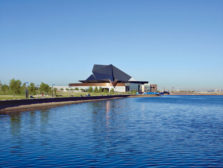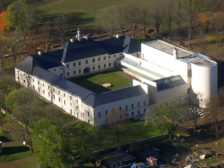Articles by Joann Gonchar, FAIA
Monastery of Our Lady of Novy Dvur
In a remote corner of Bohemia, John Pawson sculpts light, carving out a powerful yet ethereal home for the brothers of Novy Dvur.
Read More
Seattle's Olympic Sculpture Park
Former brownfield site reinvented as a connection between the city and the water’s edge.
Read More
Copyright ©2024. All Rights Reserved BNP Media.
Design, CMS, Hosting & Web Development :: ePublishing


